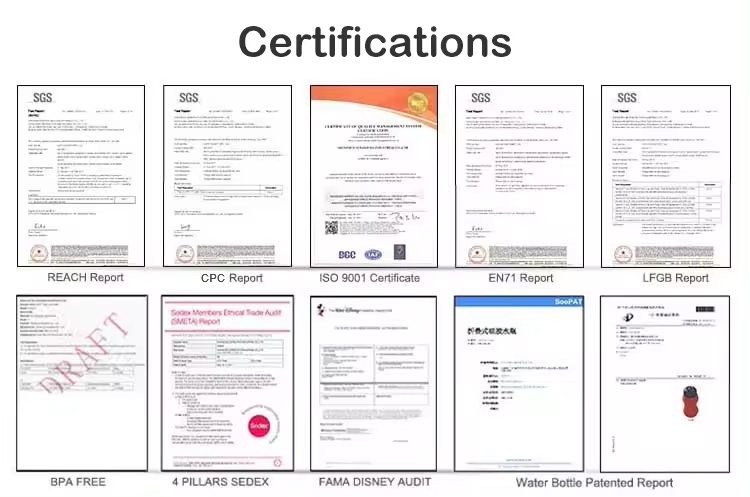Na arenie produkcyjnej XXI wieku silikon, jako wielofunkcyjny, wysokowydajny materiał, jest wszechobecny, od precyzyjnych opakowań komponentów elektronicznych po codzienne produkty kuchenne, popularność silikonu jest coraz większa. produkty silikonowe był świadkiem szybkiego rozwoju nauki o materiałach. Wraz z ciągłym rozwojem globalnego środowiska przemysłowego, przemysł silikonowy wkroczył w nową erę pełną możliwości i cierni. Rok 2024, pozornie prozaiczny rok dla branży silikonowej, zwiastuje szereg złożonych i głębokich zmian, które będą wymagały od firm z branży wykazania się bezprecedensową zdolnością adaptacji i innowacyjnością.
![]()
![]()
- Wahania cen surowców dla produktów silikonowych
Produkcja silikonu zależy od surowców krzemowych, a globalna niestabilność gospodarcza, niestabilność łańcucha dostaw lub jakakolwiek zmiana pochodzenia surowców może prowadzić do wahań cen surowców, zwiększając koszty produkcji i wpływając na marże zysku. - Niepewność w międzynarodowym środowisku handlowym
Chociaż import form silikonowych spadł, odzwierciedlając poprawę krajowej zdolności produkcyjnej, niepewność globalnego środowiska handlowego (taka jak polityka taryfowa i tarcia handlowe) może nadal mieć wpływ na eksport branży, szczególnie w przypadku firm, które są w dużym stopniu zależne od rynku międzynarodowego. - Wymagania dotyczące ochrony środowiska i zrównoważonego rozwoju
Wraz ze wzrostem globalnej świadomości w zakresie ochrony środowiska, przemysł silikonowy musi radzić sobie z bardziej rygorystycznymi przepisami środowiskowymi i preferencjami konsumentów dotyczącymi zrównoważonych produktów. Wymaga to od firm usprawnienia procesów produkcyjnych w celu zmniejszenia zanieczyszczenia środowiska przy jednoczesnym opracowywaniu biodegradowalnych lub przyjaznych dla środowiska produktów silikonowych. Produkty silikonowe JEWELIVES dzięki kilku krajowym i międzynarodowym certyfikatom ochrony środowiska, w tym RoHS, PAHs, REACH, FDA / LFGB, mogą być zapewnione, że zamówienia.

- Innowacje technologiczne w produktach silikonowych
Aby sprostać zapotrzebowaniu na wysokowydajny, wielofunkcyjny silikon w różnych branżach, firmy muszą kontynuować badania technologiczne i innowacje. Obejmuje to poprawę odporności produktu na temperaturę, właściwości mechaniczne, przezroczystość itp., ale należy również zwrócić uwagę na poprawę wydajności produkcji i zastosowanie automatyzacji oraz inteligentnej technologii produkcji. Najnowsze badania i rozwój tego silikonowego kieliszka do wina JEWELIVES, zarówno ochrona środowiska, modne, przenośne funkcje, wysoka wytrzymałość nie jest łatwa do odkształcenia, wysoka przepuszczalność, szeroko uznana przez rynek. - Zagrożenie ze strony alternatywnych materiałów
Wraz z postępem nauki o materiałach, mogą pojawić się nowe materiały, które zastąpią tradycyjne produkty silikonowe, zmuszając przemysł silikonowy do dalszego udowadniania wyjątkowej wartości swoich produktów i ich niezastąpienia. - Globalna sytuacja gospodarcza
Ogólna kondycja światowej gospodarki wpłynie na popyt na produkty silikonowe, zwłaszcza w budownictwie, motoryzacji, elektronice i innych branżach, w których silikon jest szeroko stosowany, spowolnienie gospodarcze może zmniejszyć popyt na silikon.PodsumowującW 2024 r. branża silikonowa prawdopodobnie stanie przed wieloma wyzwaniami, którym należy sprostać poprzez innowacje technologiczne, dywersyfikację rynku, kontrolę kosztów i zgodność z przepisami.

